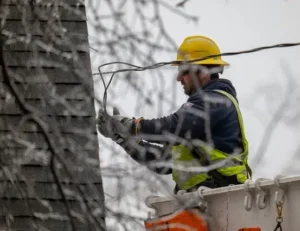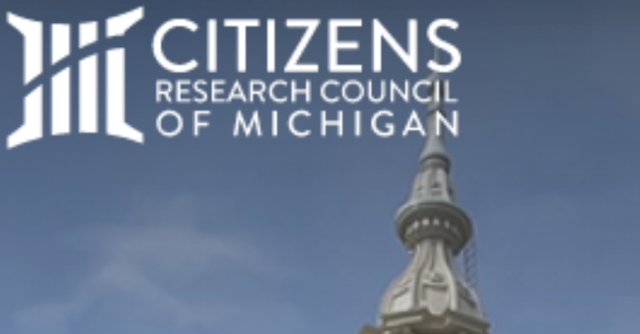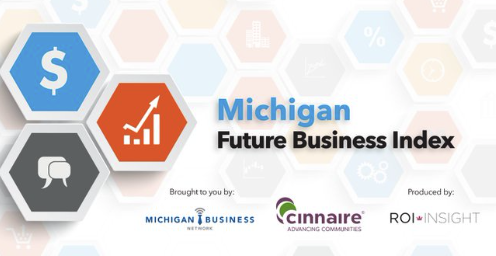 LANSING, MI –The Lansing Regional Chamber of Commerce (LRCC) has yet to receive a response from the State of Michigan following its letter sent to the Office of the State Employer on Oct. 10, 2025. The LRCC’s letter sought clarification on the state’s plans to return employees to in-person work, as outlined in Public Act 22 of 2025, Section 226. The letter, signed by Tim Daman, president and CEO of the Lansing Regional Chamber of Commerce, requested details on the timeline, implementation and reporting processes for achieving approximately 80 percent in-person workplace occupancy within state departments. To date, the LRCC has received no formal response or update from the Office of the State Employer or any state agency regarding this matter.
LANSING, MI –The Lansing Regional Chamber of Commerce (LRCC) has yet to receive a response from the State of Michigan following its letter sent to the Office of the State Employer on Oct. 10, 2025. The LRCC’s letter sought clarification on the state’s plans to return employees to in-person work, as outlined in Public Act 22 of 2025, Section 226. The letter, signed by Tim Daman, president and CEO of the Lansing Regional Chamber of Commerce, requested details on the timeline, implementation and reporting processes for achieving approximately 80 percent in-person workplace occupancy within state departments. To date, the LRCC has received no formal response or update from the Office of the State Employer or any state agency regarding this matter.
 “Our business community deserves answers,” Daman (left) said. “Businesses — especially those located in downtown Lansing — continue to ask when more state workers will return to the office. These employees are essential to our downtown economy. They support local restaurants, shops and service providers, and their presence contributes to the energy that drives our region’s growth.” Downtown Lansing’s economic challenges underscore the urgency of this conversation. According to Lansing Mayor Andy Schor, about 60 percent of downtown Lansing’s buildings cannot be taxed by the city, creating a significant barrier to local revenue generation, compounded by the reduced number of in-person state workers since the pandemic.
“Our business community deserves answers,” Daman (left) said. “Businesses — especially those located in downtown Lansing — continue to ask when more state workers will return to the office. These employees are essential to our downtown economy. They support local restaurants, shops and service providers, and their presence contributes to the energy that drives our region’s growth.” Downtown Lansing’s economic challenges underscore the urgency of this conversation. According to Lansing Mayor Andy Schor, about 60 percent of downtown Lansing’s buildings cannot be taxed by the city, creating a significant barrier to local revenue generation, compounded by the reduced number of in-person state workers since the pandemic.
The mayor has called on legislators to extend the city’s tax increment financing (TIF) tool through Senate Bill 199, sponsored by state Sen. Sam Singh. The legislation would allow Lansing to reinvest future property tax growth into critical downtown improvements such as infrastructure upgrades, policing resources and large-scale projects including the $28 million Ovation Performing Arts Center, the new city hall facility and a 28-story riverfront apartment development.
“The reality is that our downtown economy is heavily tied to state employment and public investment. Roughly 60% of downtown Lansing buildings cannot be taxed by the city, creating a significant barrier to local revenue generation,” Daman continued. “The Chamber sent this letter in a good-faith effort to open a dialogue, provide feedback and help the state achieve its stated goals.
In the meantime, businesses are waiting, asking questions and trying to plan for the future without clear information. We hope to see this conversation move forward soon, because downtown businesses, employees and residents are depending on it.” The LRCC emphasized that it continues to hear from business owners, property managers and community partners who are eager for clarity on the state’s timeline and next steps.
It reiterated its willingness to meet with state officials to discuss how to balance workplace flexibility with the economic health of Michigan’s capital city. The LRCC’s original letter was shared with Gov. Gretchen Whitmer, legislative leadership, Mayor Schor, Downtown Lansing Inc., and the Lansing Economic Development Corporation.









